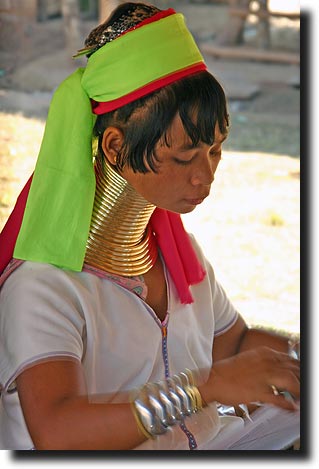
 |
|
 |
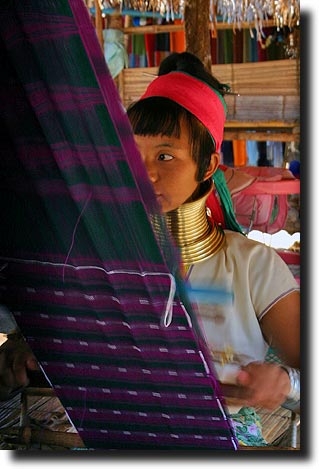 |
 |
|
|
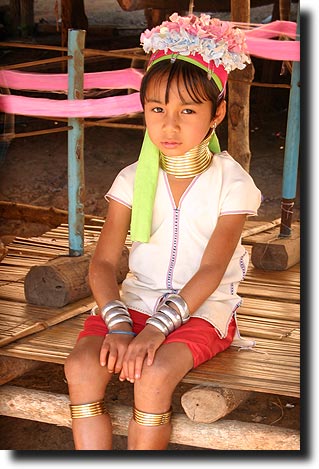 |
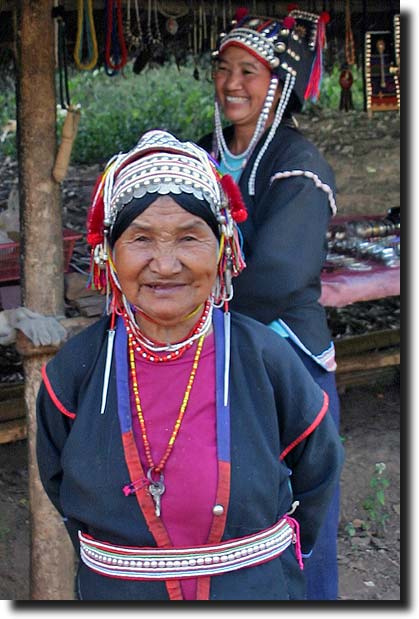 |
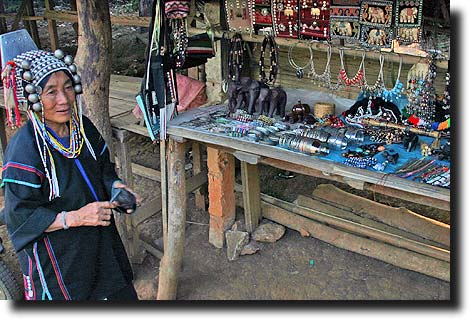
The Hmong are a fairy well-established minority in Minnesota, so it was especially interesting to see these people closer to their own environment. As with the Karen, it was no surprise to Susan to see that it was ALWAYS the women working!
|
|
Chiang Mai: Around town - Night Market - Traditional crafts - Doi Suthep - Hiking, rafting, and riding an elephant - Villagers - A day at the zoo Krabi: beach and surroundings |